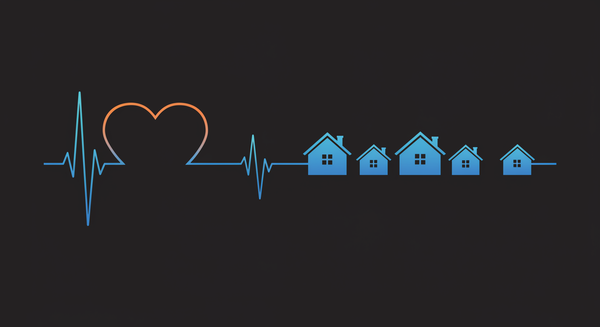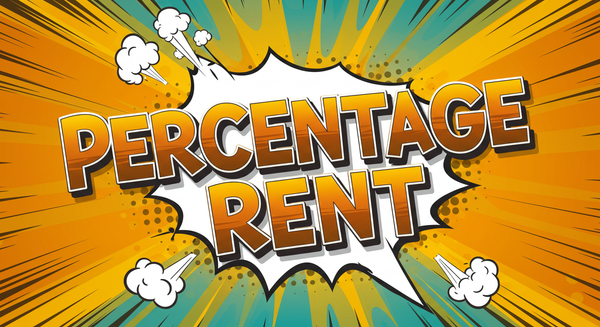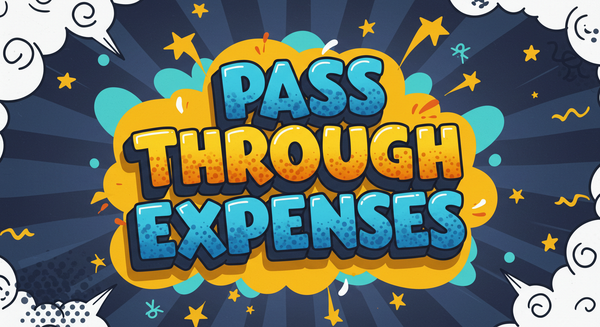35 Common Questions About Lessees and Lessors—Answered for Property Managers
Get answers to the 35 most common queries in plain language, grounded in legal and operational best practices
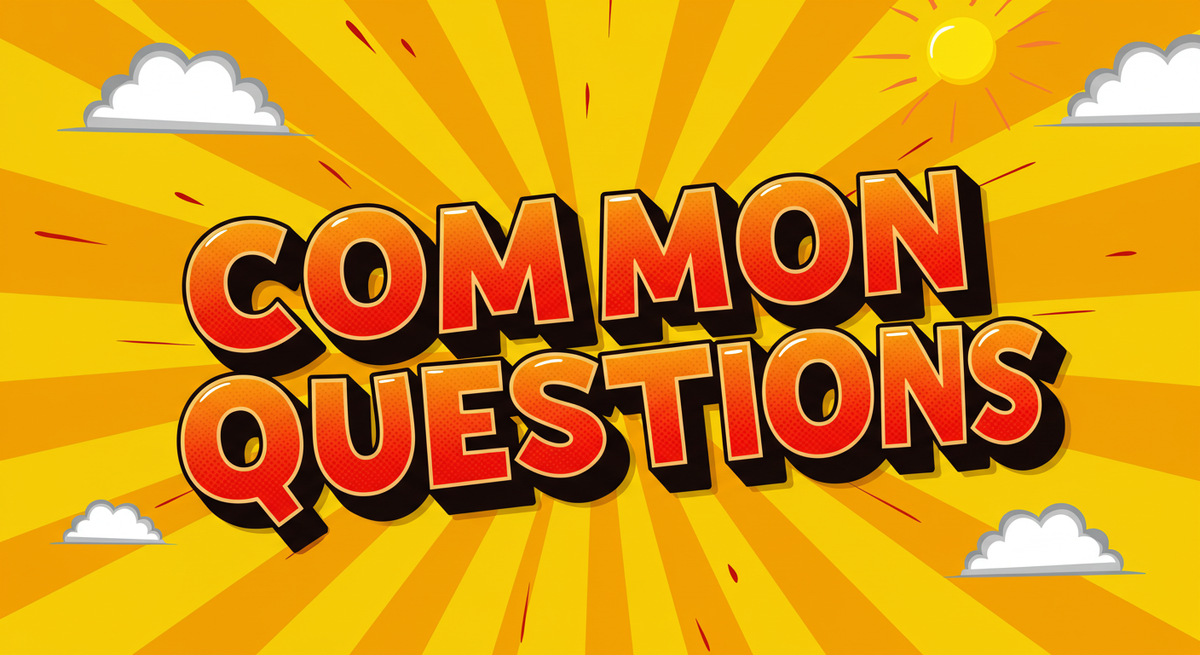
Understanding the difference between a lessee and a lessor is the bedrock of lease agreements, rent enforcement, and asset management. Property managers field questions about these roles daily. This guide answers the 35 most common queries in plain language, grounded in legal and operational best practices.
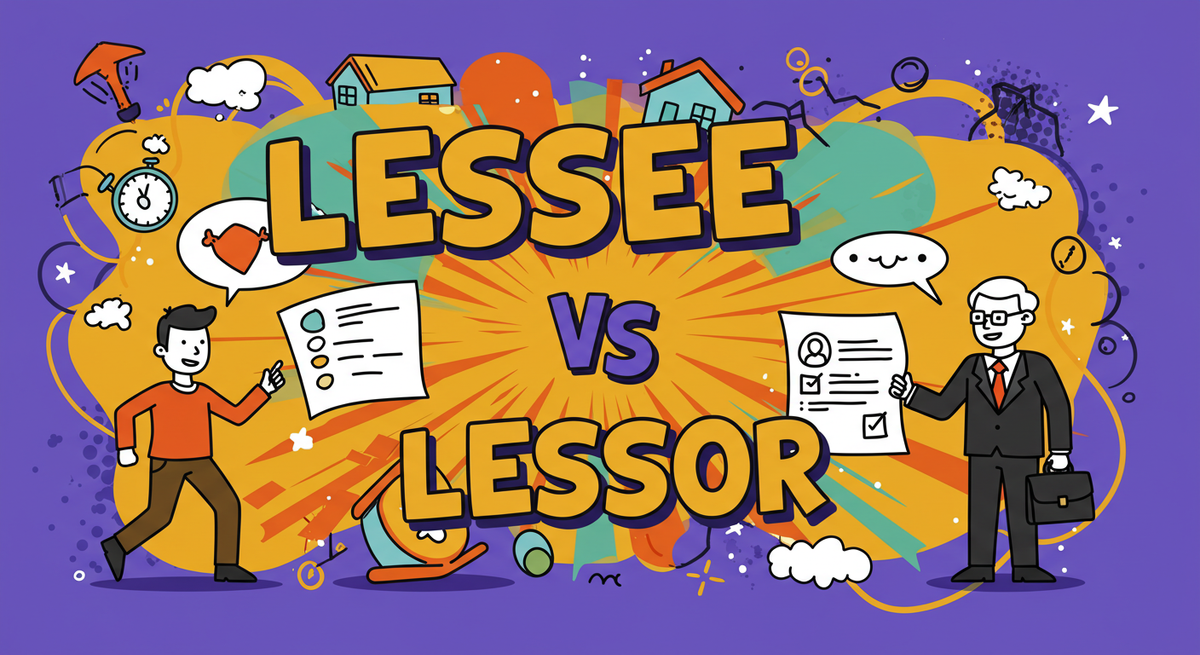
🔹 Roles & Definitions
1. What is a lessor in real estate?
A lessor is the legal owner of a leased property who grants usage rights to a lessee.
2. What is a lessee in a lease agreement?
The lessee is the person or entity paying rent to use the property.
3. Who is the lessor and lessee in rental agreements?
The lessor is the landlord or property owner; the lessee is the tenant.
4. What is the main difference between a lessee and a lessor?
The lessor owns the property and earns income from it. The lessee rents the property and pays for its use.
5. What is the difference between a leaseholder and a lessee?
A leaseholder holds a long-term lease (often in real estate). A lessee may hold short- or long-term leases.
6. What is the difference between a renter and a lessee?
They're usually the same—"renter" is informal; "lessee" is the legal term.
7. What is the difference between a tenant and a leaseholder?
A tenant may rent month-to-month; a leaseholder usually has a binding lease with more defined rights.
8. What is the difference between an owner and a leaseholder?
An owner holds title. A leaseholder has the right to use the property but not own it.

🔹 Lease Structure & Documentation
9. What is the role of the lessor in a lease agreement?
They set lease terms, manage the property, and retain ownership rights.
10. What are the responsibilities of a lessee?
Pay rent, follow lease rules, and maintain the leased space as required.
11. What are the responsibilities of a lessor?
Maintain habitability, uphold lease terms, and handle legal compliance.
12. What can a lessor gain in a lease arrangement?
Rental income, tax deductions, and property appreciation.
13. Can a lessee make changes to the leased property?
Only with the lessor’s written permission.
14. What happens if a lessee defaults on payments?
The lessor may initiate late fees, eviction, or legal action, depending on lease terms.
15. What are common property disputes between landlords and tenants?
Unpaid rent, maintenance delays, deposit returns, and early termination.
16. What is a lease agreement?
A legal contract outlining terms between a lessor and lessee.
17. What is lease classification?
It defines how a lease is accounted for (e.g., operating vs finance lease).
18. What are the two main lease types for lessees?
Operating lease and finance lease (formerly known as capital lease).
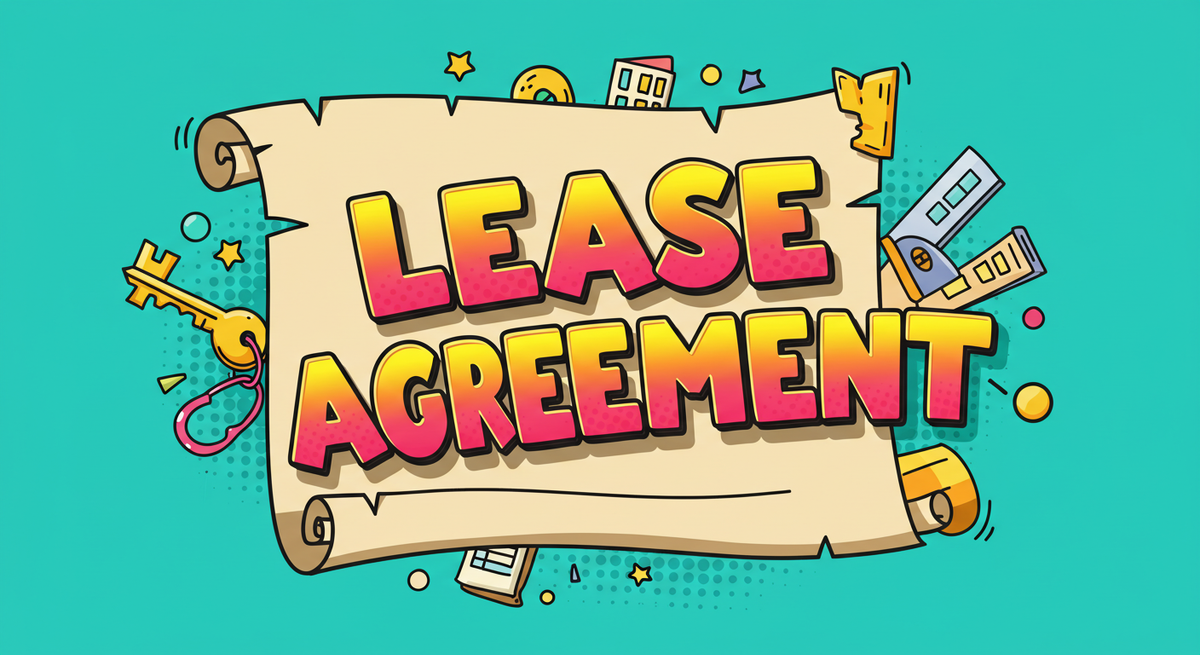
🔹 Legal & Financial Clarity
19. How does lease type affect financial reporting?
Finance leases appear on balance sheets; operating leases may not.
20. Why is calculating the present value of lease payments important?
It determines the lease liability and impacts financial statements.
21. How should lessor corp account for the lease component?
Follow ASC 842 guidelines to report net investment and lease revenue.
22. How do leases between related parties get classified?
By substance over form—based on control and benefits, not relationship alone.
23. What are initial direct costs in leasing?
Expenses directly tied to executing a lease (e.g., commissions).
24. What is a lease modification?
Any change to the original lease terms, such as extension or rate adjustment.
25. What are periodic lease payments?
Regular payments due under a lease agreement (usually monthly).
26. What is a lease obligation?
The legal duty of the lessee to fulfill payment and compliance terms.
27. How is a net investment in a lease calculated?
It's the sum of lease payments and the un-guaranteed residual, discounted to present value.

🔹 Practical Understanding
28. How do you determine who is the lessee or lessor?
The lessor owns the property; the lessee uses it and pays rent.
29. What’s the difference between leasing and financing?
Leasing involves use without ownership; financing leads to eventual ownership.
30. What’s the difference between a squatter and a tenant?
A squatter has no legal lease; a tenant has a signed agreement.
31. What’s the difference between a lease and an inam?
A lease is a rental contract; inam refers to historical land grants (legal definitions vary).
32. Do lessees have ownership rights?
No. They have use rights only, defined by the lease.
33. Can the lease change mid-term?
Only with a signed lease modification agreed to by both parties.
34. Can a lessee sublease the property?
Only if the lease allows it or with the lessor’s written consent.
35. Why does the landlord-tenant board seem to support tenants more in Canada?
Provincial laws often prioritize housing security; however, both parties have rights under the Residential Tenancies Act.
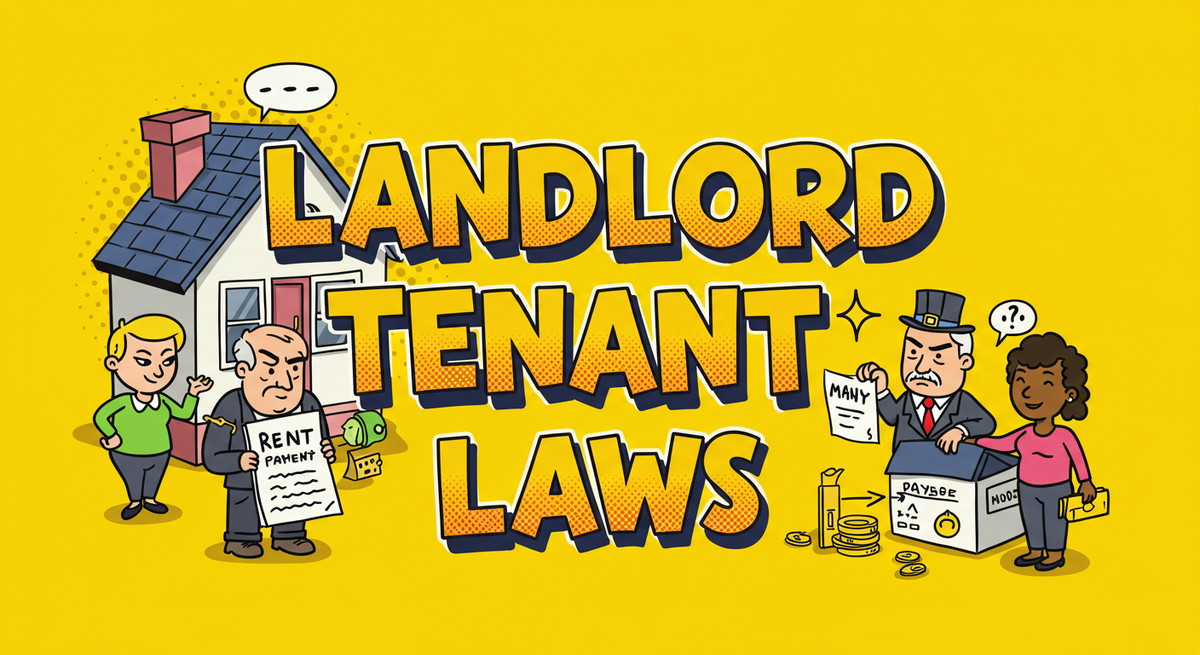
This list was built from research data and frequent property manager questions. Keep it bookmarked, and revisit as your lease agreements evolve.
Want deeper insight? Read Lessee vs Lessor: A Complete Guide








